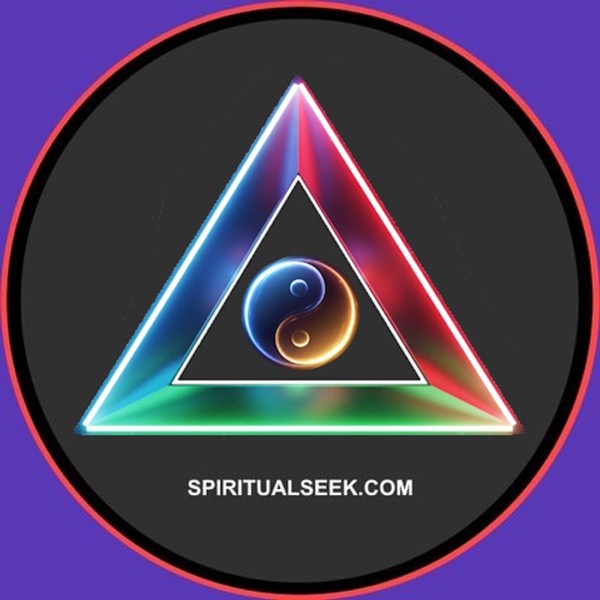Shamanism: Bridging the Physical and Spiritual Worlds
The Spiritual Seek - A podcast by The Spiritual Seek

Categories:
https://spiritualseek.online/shamanism-bridging-the-physical-and-spiritual-worlds/-------Introduction to Shamanic PracticesShamanism represents one of humanity’s earliest spiritual traditions, functioning as a conduit between the earthly domain and the spirit world. It encourages practitioners to traverse the liminal spaces that connect them to the cosmos. Shamanism, deriving from a multitude of cultures across the globe, is defined by its distinctive practices and beliefs, which are designed to facilitate healing, guidance, and communion with the spiritual dimensions of existence. This essay aims to examine the origins of shamanism, its philosophical and spiritual significance, and its contemporary relevance. By exploring shamanism in relation to other spiritual traditions, both Eastern and Western, we can gain insight into its nuanced contributions to our understanding of consciousness, the nature of reality, and the pursuit of meaning.Historical Background and OriginsThe Birth of ShamanismWhile it is challenging to pinpoint an exact origin for shamanism due to the oral nature of its traditions, evidence suggests its practices have existed for tens of thousands of years, potentially dating back to the Paleolithic period. Shamanism has been practiced in various forms by Indigenous peoples in regions such as Siberia, North America, and parts of Africa, Asia, and Oceania. The word “shaman” itself is derived from the Evenki language of Siberia, meaning “he or she who knows”.The common thread of shamanistic systems across different cultures lies in the shaman’s role as a mediator between the physical and spiritual realms. Through altered states of consciousness—often induced by drumming, chanting, or the use of psychoactive plants—shamans undertake transcendental journeys with the intention of obtaining guidance, healing, and wisdom from spiritual entities. As noted anthropologist Michael Harner writes: "Shamans are individuals who access the spirit world to acquire knowledge, healing, and blessings for their community".Shamanism and Indigenous CulturesShamanism has thrived in communities that maintain deep ties to nature and its cyclical rhythms. Indigenous cultures view themselves as integral components of the web of life, wherein every element—animate and inanimate—possesses a spirit. This animistic worldview profoundly shapes shamanistic practices, wherein the shaman communicates with animal spirits, ancestral guides, and natural forces to fulfill their roles as healers and counselors.One poignant example comes from the Indigenous peoples of the Amazon, where shamans engage in ritualistic plant medicine ceremonies. The use of ayahuasca, a psychoactive brew, exemplifies the profound connection between the shaman and the spirit world. During such ceremonies, participants often report deeply transformative experiences, leading to physical, emotional, and spiritual healing. The shaman’s role is not only to facilitate these journeys but also to provide the community with a sense of unity and understanding.Core Philosophical and Spiritual PrinciplesThe Nature of Reality and ConsciousnessAt the heart of shamanism lies a distinctive understanding of reality. Instead of a purely materialist interpretation, shamanistic...
